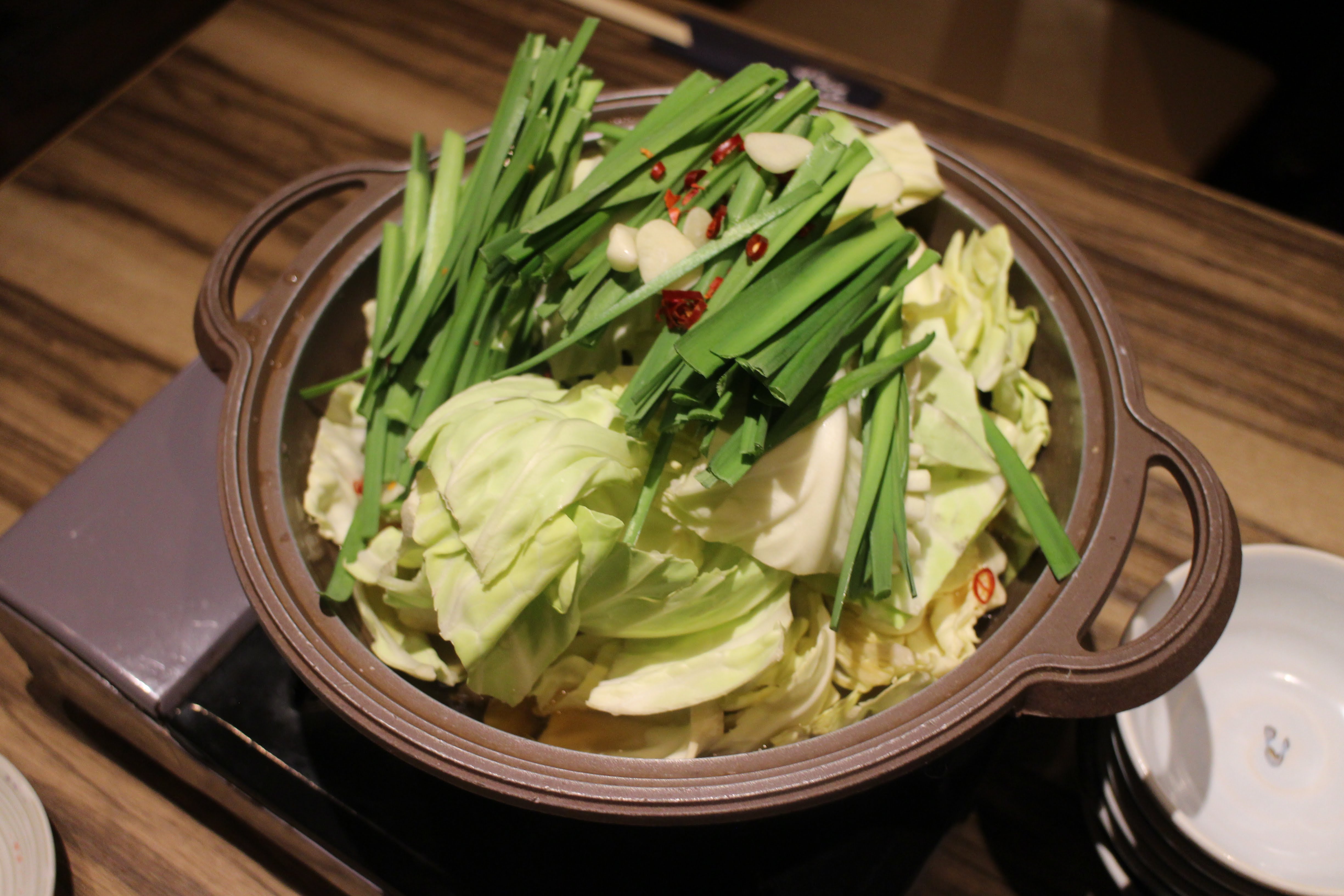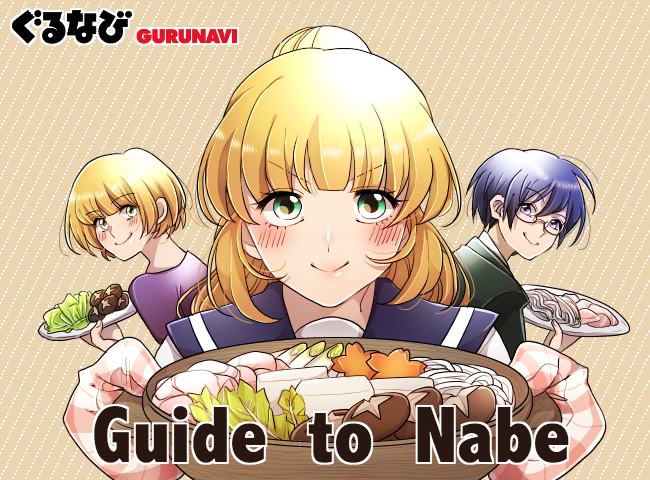5 Reasons You Must Experience Japanese Shabu-Shabu
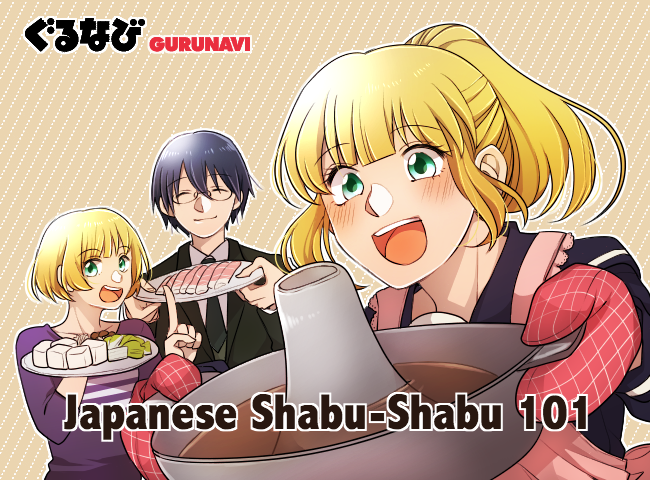

Centuries before fondue started bringing people together in the 1970s, Japanese people were gathering around nabemono, the general term for one-pot meals cooked over an open flame. One of the most creative nabe dishes is shabu-shabu, a fun, social way to share a meal. Because the heart of this dish is cooking together, shabu-shabu is a great way for families to celebrate special occasions or for friends to simply hang out at the end of a long week. Keep reading to find out why you must experience Japanese shabu-shabu, whether you’re in Japan or your home country!
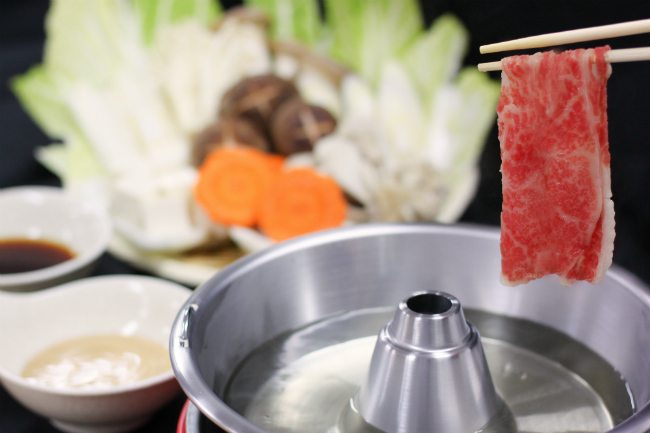
5 Reasons You Must Experience Shabu-Shabu
What about this strange name, shabu-shabu? It literally translates as “swish, swish”—the sound the meat and vegetables make as you swirl them through the water. This action is key to the cooking process; the meat is sliced so thinly that it cooks within seconds, so swishing means you won’t overcook it. The unique pot design is also geared toward this goal of cooking food quickly and evenly without boiling or burning. But beyond the pot, what makes shabu-shabu so special?
1. Cooking It Yourself
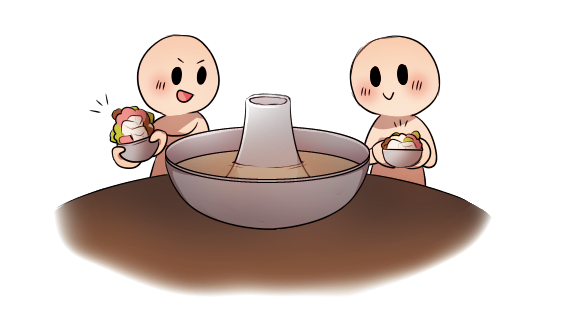
The DIY aspect of shabu-shabu is what makes it stand out among Japanese one-pot meals, the rest of which are fully prepared before being brought to the table. When you sit down to shabu-shabu you become the cook—whether your meat is well-done to perfection or red and rare, it’s up to you. But this is also part of the fun! You can choose which ingredients to include, and eat as much of your favorites as you like. And if you like to serve others, you don’t have to miss out—you can enjoy shabu-shabu at any number of great restaurants, or even host a shabu-shabu party at your own house. The preparation is as simple as can be, and some supermarkets in Japan even sell packs of pre-sliced vegetables along with the required melt-in-your mouth, 2 millimeter-thin slices of beef.

2. Coming Together
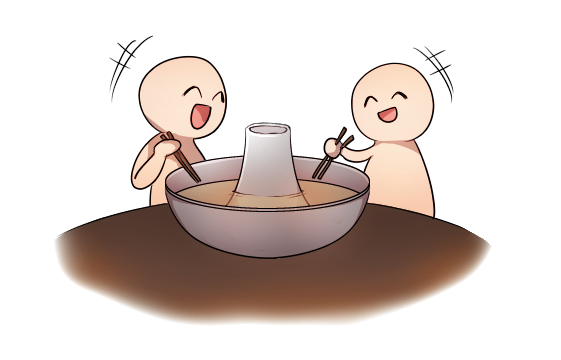
Everybody joins in to cook shabu-shabu, making it the most communal of meals. What could be more enjoyable than gathering with your nearest and dearest around a pot of delicious steaming food, sharing the experience of creating together? It’s so simple that even the kids can join in. The shabu-shabu pot stays hot for hours, leaving plenty of time for talking and laughing while eating. Cooking together also makes sure that no single person is stuck in the kitchen, and makes for a relaxed atmosphere.
3. Controlling Your Portions

Another reason to relax at the shabu-shabu table is the fact that you can control how much you eat—no need to worry about offending your host if you don’t finish everything on your plate, since it’s up to you how much you put on it in the first place. This is great if you’re watching your diet or don’t want to overeat. It also means you can savor each bite, as the food is served gradually. Rather than dumping all of the ingredients into the pot at once, each piece is cooked individually, then dipped in sauce, placed on your bowl of rice, and eaten straight away. Especially at some of the higher-end restaurants, the tradition of shabu-shabu prizes high quality marbled beef and fresh vegetables. So enjoying the flavor in each and every bite—without worrying about just how much you’re eating—is part of the experience.
4. Eating Healthy

The ingredients are also the reason shabu-shabu can be a feast without guilt. A light dashi broth; piles of fresh cabbage, mushrooms, carrots, daikon, onions, and any other vegetables that take your fancy; lean, paper-thin slices of meat; cubes of firm tofu; dipping sauces made of soy sauce, citrus, and sesame…. It doesn’t get much healthier than this. Each tender slice of marbled beef is dipped in the creamy sesame sauce (called goma-dare) while the vegetables are paired with the citrusy soy sauce (called ponzu). Finish off the meal by pouring the broth (flavored by hours of cooking) over some udon noodles or the remaining rice and topping it with green onions, and you have a complete, healthy and tasty meal.

5. Grazing without Rushing

Special shabu-shabu pots are designed to retain heat for hours, making it easy to sit around chatting, eating and drinking (beer, sake and green tea, of course), taking a break any time you like and returning to a still-hot pot. Traditional old-school pots are made of copper with a chimney in the center and a space for coals in the base. Copper is still considered best because it conducts heat easily, meaning the heat can be kept low while also cooking food quickly and evenly. Modern shabu-shabu pots are more often made of stainless steel or aluminum, sans charcoal stove, but many retain the small chimney, channeling heat up through the middle of the pot.
Make Japanese Shabu-Shabu Your Next Party
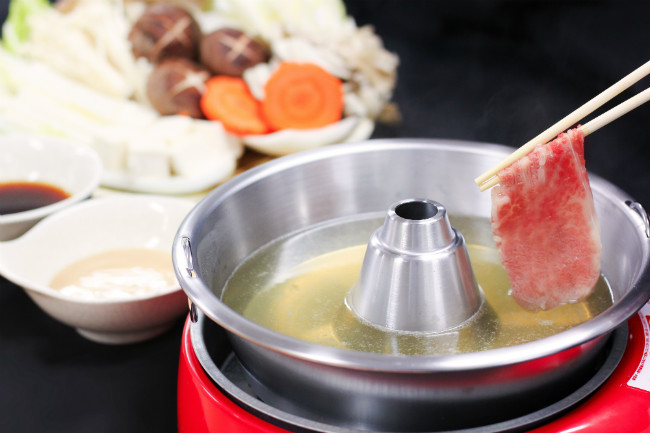
Armed with a pot (chimney optional), a portable stove, and some fresh meat and vegetables, your next home dinner party is sorted! It’s a great way to get together to celebrate or relax, especially if you go to a shabu-shabu restaurant where all you have to do is cook and eat, leaving the selection of awesome ingredients—not to mention the cleanup—to somebody else! Wherever you do it, it’s the communal spirit and the fun of making food together that has made shabu-shabu a favorite for Japanese families for so many years. Along with other meals that nurture a spirit of sharing and caring, like okonomiyaki and monjayaki, shabu-shabu is a unique, healthy and fun way to eat and celebrate. So dip those chopsticks and start swish-swish-swishing today!



